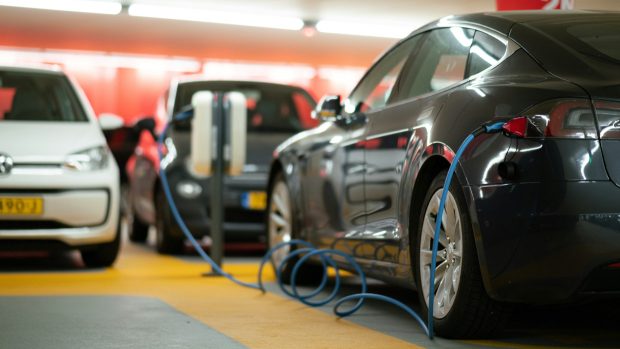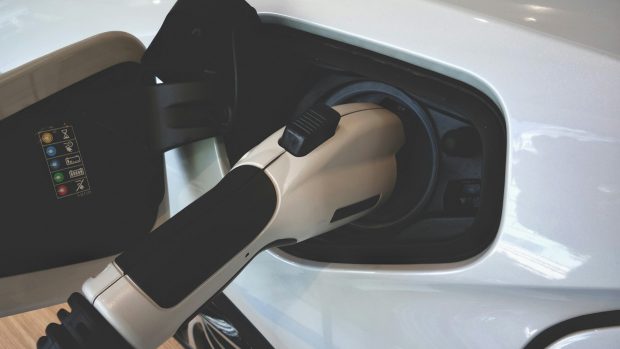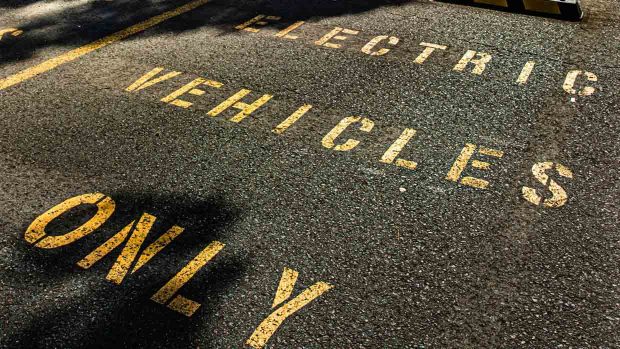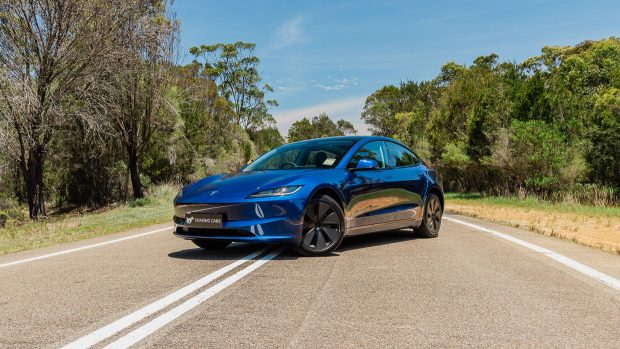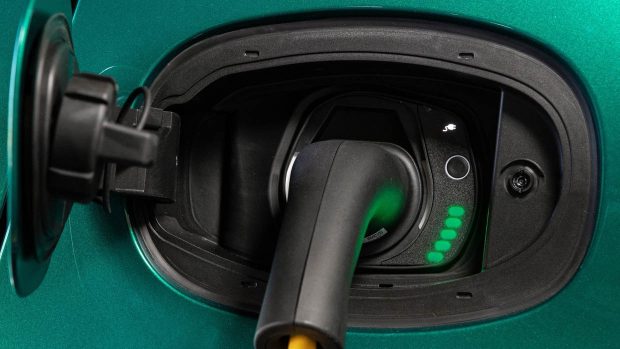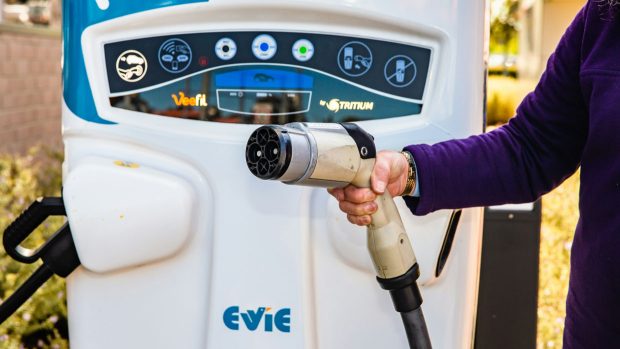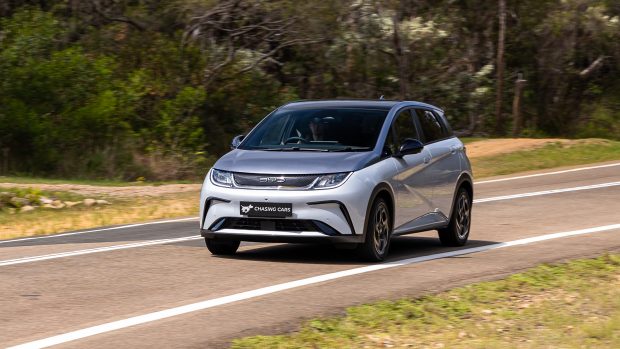-
Car Reviews
- Car News
-
Car Comparisons
Latest comparisons
- Chasing Deals
The Australian Government is working towards introducing new fuel standards for the near future, but what does it all mean?
The Federal Government is getting much closer to a fuel efficiency standard which is likely to significantly shake up the Australian automotive landscape.
The Department of Infrastructure and Transport has just published a new impact analysis on what could be an upcoming New Vehicle Efficiency Standard, outlining several different options for introducing efficiency standards for vehicles sold on our local shores.
In this article, we’ll dive into what this could mean for Australians, what has been proposed and how it could all happen.
The Australian Government is expected to make a decision on a new fuel efficiency standard sometime in 2024.
The Department for Infrastructure and Transport has proposed three available options. We’ve broken down each scenario to make things easier to understand.
Option A (a “modest and cautious” approach) involves:
In this option only, there is the potential for the Government to use super credits for EVs, PHEVs and other fuel efficient hybrids (one EV counts for 3 credits, 2 credits for a PHEV and 1.5 credits for other efficient vehicles).
This could allow carmakers to leverage combustion models with electric and hybrid vehicles. Take for instance, Toyota could offset its diesel combustion Land Cruiser 70 Series by selling more RAV4 Hybrids and BZ4Xs, for example.
Option B (“Government’s preferred position, with balance and achievability”) involves:
Option C (“the most stringent and ambitious approach”) involves:
At the very least, these three options mean that new cars sold in Australia in the near future will need to hit an emissions target, or stay well below them – a strategy currently used in many countries around the world.
It’s very likely that Option B, or a close variation, will be the strategy used here in Australia.
Although speculative at this early stage, if any of these options are put into place, it may have a significant impact on the sale of diesel and petrol-powered utes, vans, SUVs and other passenger cars, or force automakers to produce variants of these cars that are fuel-efficient and much lower in their overall carbon output.
It will also force a greater focus on energy-efficient vehicles, where manufacturers will be able to bring in electric, hybrid and plug-in hybrid vehicles without suffering financial penalties.
The standard will only apply to new cars sold and won’t affect Australia’s existing vehicle fleet. An efficiency target will be set each year.
The fuel efficiency standard will be mandatory, with the standards to be reviewed at regular intervals.
The standards will apply to light vehicles and WLTP testing is proposed to be used.
A fuel efficiency standard (FES) is, as defined by the Department of Infrastructure, “an obligation on light vehicle suppliers to make sure the new vehicles they bring into the market, on average, meet a particular C02 per kilometre standard”.
FESs are currently in place in many countries around the world, including the United Kingdom, the European Union, New Zealand, the United States and Canada.
Some of the first-ever fuel efficiency standards were introduced in China, Japan and the United States. For instance, China’s first compulsory fuel consumption standard was introduced in 2004.
In the United States, the first average fuel economy standard was introduced in 1975 after the 1974-1974 Arab oil embargo.
Australia, alongside Russia, are the only two last countries in the world with an advanced economy which still lack a fuel efficiency standard.
It’s not all bad news, with efficiency standards set to also have some positives for Australian new car owners.
Although the biggest goal with a FES is to reduce emissions of new cars, there are several other advantages, including:
Latest news
About Chasing cars
Chasing Cars reviews are 100% independent.
Because we are powered by Budget Direct Insurance, we don’t receive advertising or sales revenue from car manufacturers.
We’re truly independent – giving you Australia’s best car reviews.
